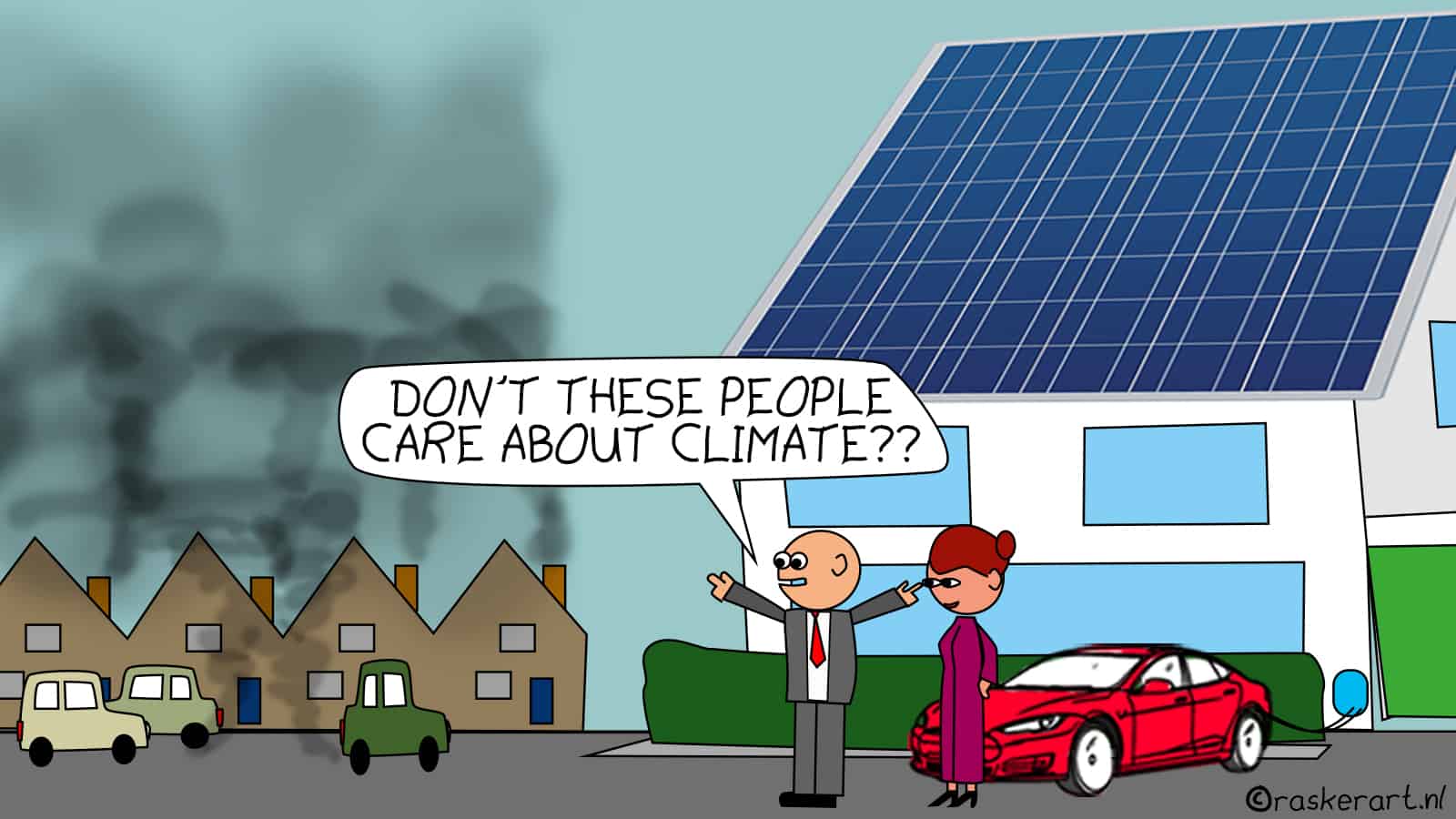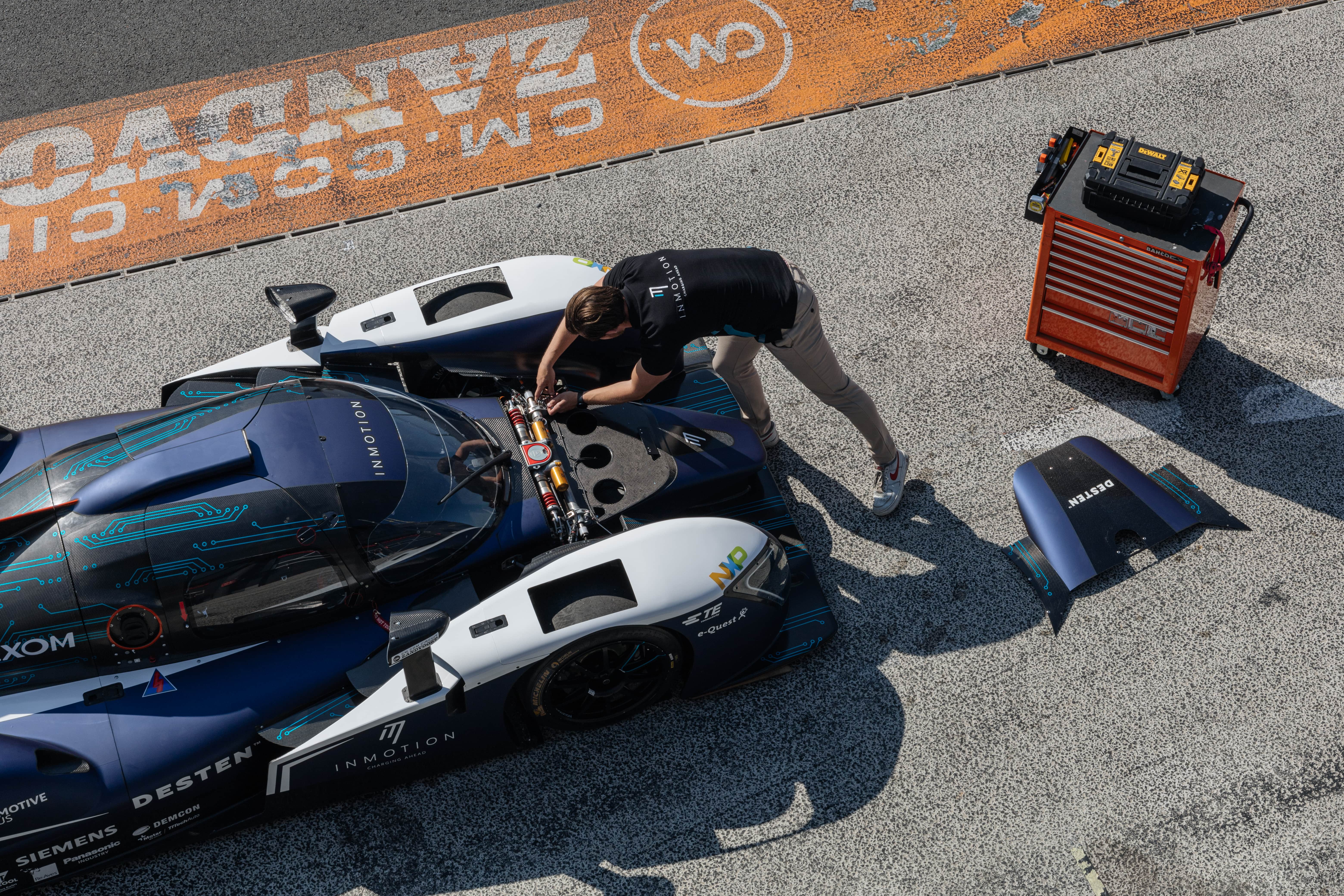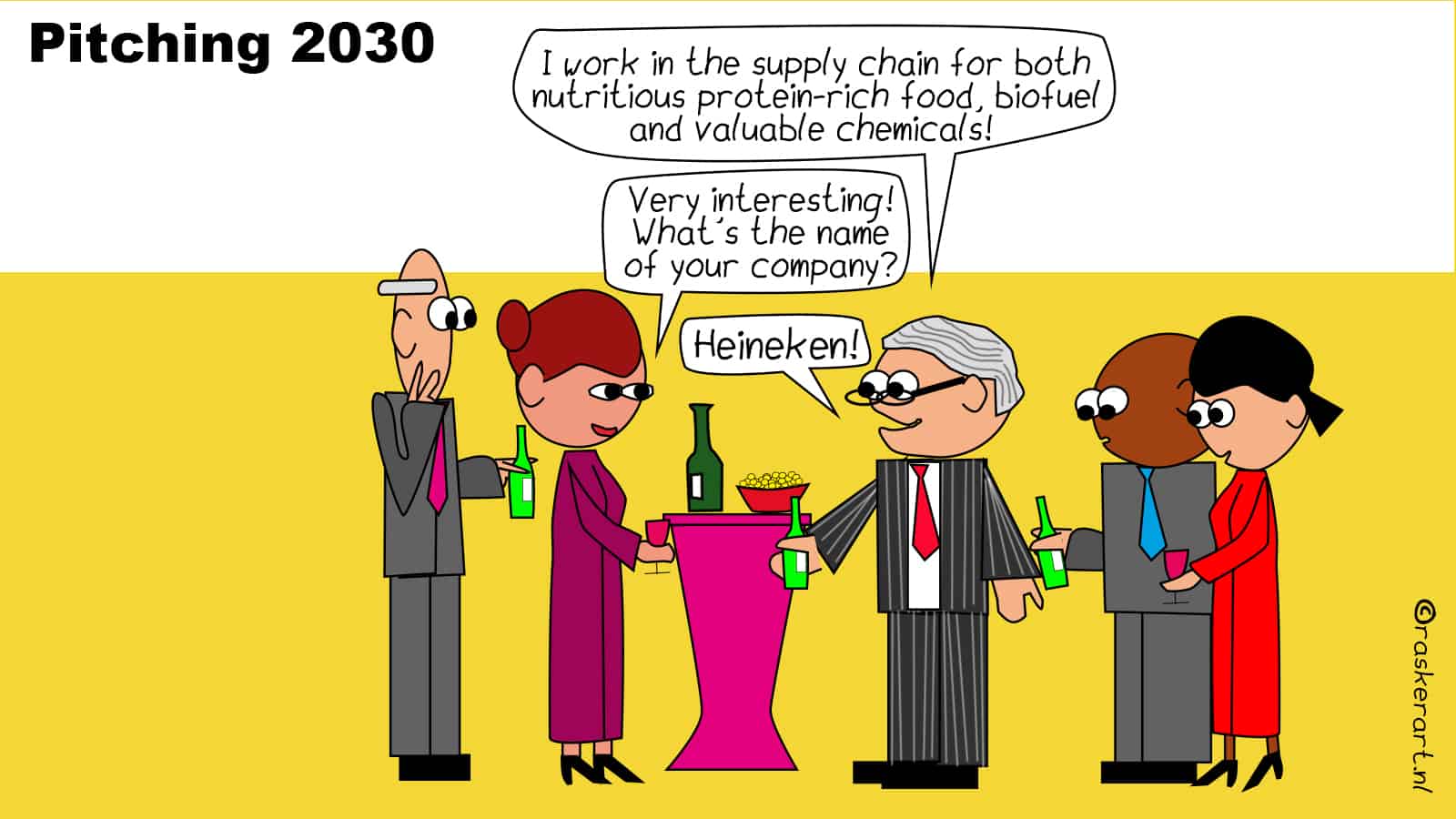
For the professor of architectural engineering at TU Delft, Thijs Asselbergs, the question is more a case of: “Should you want this? He commends the urban developments that Eindhoven is managing to achieve and the inspirational initiatives of architect Winy Maas from the architectural firm MVRDV. But for the architect and professor, the proposal to raise the church 55 meters into the air is “tempting fate.”
In theory, it would be technically possible, he states. “But that church has been standing on that same spot for hundreds of years. It is surrounded by archaeological features and memories. All sorts of things are connected to that church, both tangible and intangible. People walk from the square straight into the church. I think that church really is a living part of Eindhoven.”
Disney World
If the church is raised up, people will have to take an elevator to the church, Asselbergs continues. ” It really is going to be different, a bit of a Disney World. It’s up to the city of Eindhoven whether it wants to reflect that and if it wants to treat its cultural heritage that way.”
It will take a huge investment, Asselbergs points out, “that also costs a lot of energy. Such a building has to be raised without deviating a single centimeter using a hydraulic system,” he explains. “You are literally burning a lot of energy to get that overwhelming mass up into the air. I wouldn’t call that sustainable. It’s the modern way of designing and visualizing things with computers. You can make a visual representation and then have a conversation with the city council about it.”
A lot is technically possible, Taco Bresser notes. He is the director of Bresser, a company that specializes in, among other things, improving foundations, earthquake-proofing, jacking, and moving a wide range of objects at home and abroad. “There’s no such thing as impossible really,” says Bresser. For example, the company lifted a monumental city villa in Georgia by 4.5 meters to integrate it with a new congress center that is to be built. And a historic windmill in Vaassen was lifted by 5 meters, which enabled it to retain its function as a windmill.
No such thing as can’t be done
A three-minute video shows how the Balengebouw in Enschede was overhauled. First, we kept the building in place so that a basement could be built underneath it. Then the tower was raised from a height of 25 meters, a total of 2.85 meters upwards. “Then we sawed through the upper floors of the main building and jacked it up by 2.70 meters. We then lowered the tower by 15 centimeters. A glass level was built exactly on the elevated part of the main building. That was a project carried out by Rem Koolhaas, from the OMA architectural firm, and Bjarne Mastenbroek from the SeARCH architectural firm.”
When asked whether it is technically possible to lift the St. Catharine’s Church, Bresser wholeheartedly answers “yes.” “The church may be bigger than that Balengebouw, but bigger doesn’t necessarily have to be more difficult.”
Serving tray
“What you need to do is build a sturdy and load-bearing structure, a kind of serving tray. Because that church floor was never designed to be lifted. Subsequently, you’re going to lift that whole building step by step. By 5 meters each time, for example. You fill up that gap with a floor and then you go up one more level. That construction always has to hold up the building.” The building therefore does not go up 55 meters all at once, Bresser emphasizes.
Obviously, electricity is needed to lift the building, says Bresser. But he is unable to say how much it would take to raise St. Catharine’s Church. The project is definitely sustainable, in his view. “After all, its cultural heritage will be maintained and it will be given a new allocation n the city center.”
Preservation
“You do give it a different vibe.” Just like with the windmill in Vaassen, he goes on. That windmill had been in the town center for decades. When the center was smaller, the windmill caught enough wind to turn. But that changed due to the redevelopment of the area. The owner of the windmill came up with a plan to restore the windmill and on account of its ‘right to wind,’ the windmill was raised up higher. “We installed a temporary steel brace, moved the windmill 28 meters. Other companies then built a new foundation. We then shifted the windmill back and lifted it up. We lengthened it and it still functions as a mill today.” For the residents of Vaassen, it’s as if it’s never been any different, Bresser adds.
Having a church like this raised up into the air is innovative because it brings several techniques together, Bresser explains. “As a technician and lover of cultural heritage, this does make me pretty happy.”
Climate adaptive
For Professor Asselbergs the main renovation is found in the greenery and the trees on the surrounding buildings near the church that can be seen on the MVRDV presentation. “MVRDV did a wonderful job of this in Rotterdam at the depot near the Boijmans Van Beuningen museum. We desperately need that kind of greenery to be climate-adaptive as well as to be able to integrate water systems that cool down the city.”
This brings you more into the field of urban ecology, in which Asselbergs’ colleague Nico Tillie, university lecturer in landscape architecture and ecological urban development, is an expert. Last September, Tillie launched the Urban Ecology & Ecocities Lab TU Delft. A new lab where students from all disciplines, such as architecture, landscape architecture, urban planning, civil engineering, work together to turn cities into ecosystems.
Tillie’s message is that you can get a lot more out of a free-standing building. It can also provide a way to connect. For example, the Daphne Schippers Bridge in Utrecht. “That school links a public facility like a bicycle path to the roof of the school. And students can sit alongside the curve of the bike path”.
Changes
A city should, according to Tillie, be like a landscape where everything is interconnected. There would be parks, green roofs, green balconies, gardens, a river, or a canal. “An architect makes changes to these. The important thing is that they realize what that change entails. We have to get rid of separate buildings.
Some buildings lend themselves to being connected to other parts of the city. Tillie is unable to judge whether St. Catherine’s Church has that role, he is not familiar enough with the plans and the area. However, he does think that an iconic building such as an elevated church can be a trigger for initiating a new way of thinking.
Tillie personally is thinking of an entrance through the greenery, to the church or to other buildings. “Then you not only make balconies, but also a kind of footpath. The church is a public building, so a route like that is justifiable.”
In any event, whether or not St. Catherine’s Church should be raised, as columnist Eugene Franken proposes, is an idea that gets people talking. The reactions of Asselbergs, Bresser, and Tillie bear this out. It is an evocative image, and it shows what is possible. We shall have to wait and see what the research into its feasibility will lead to.







